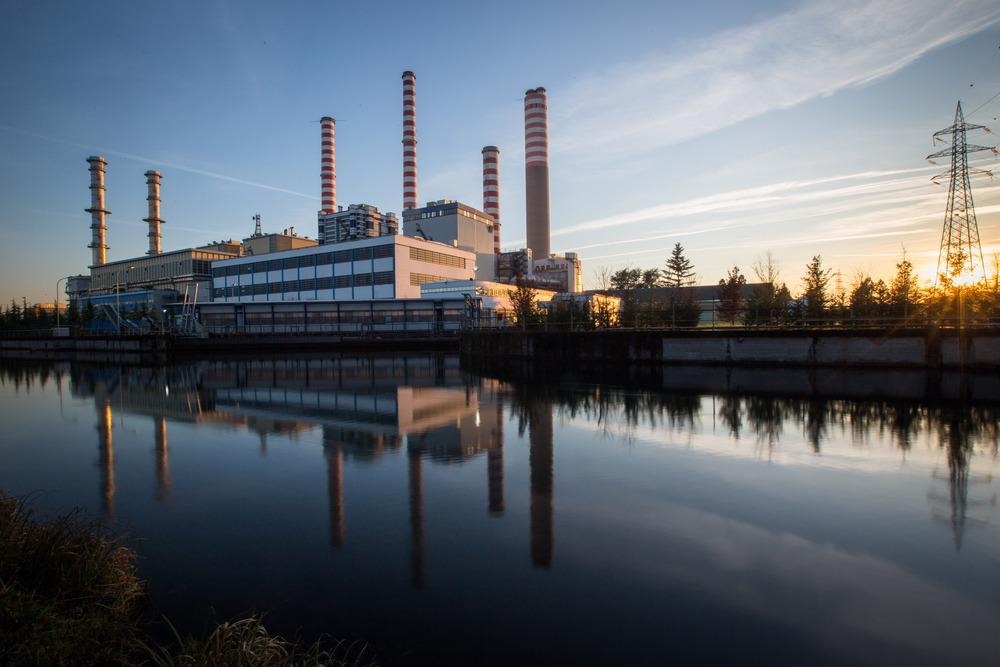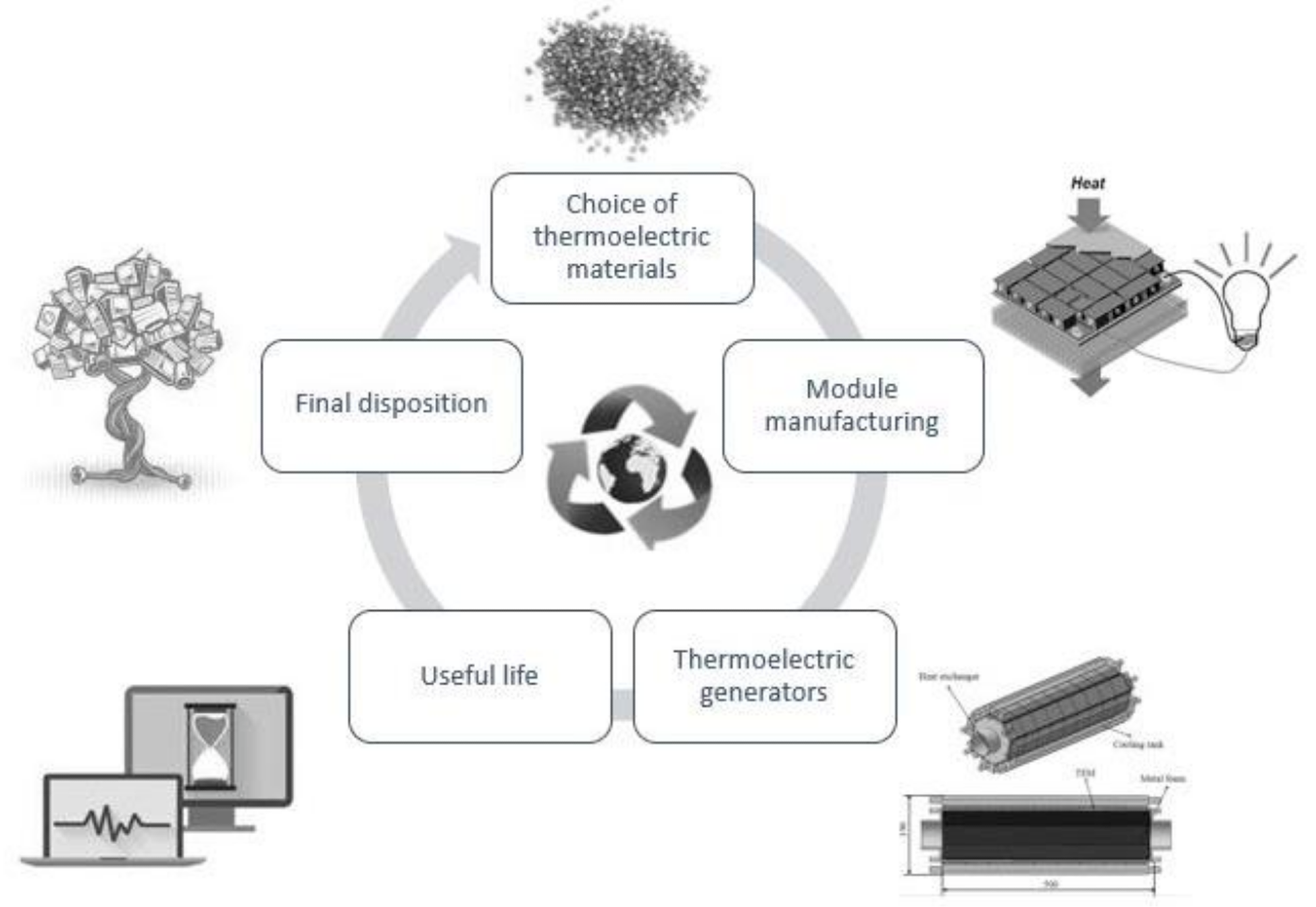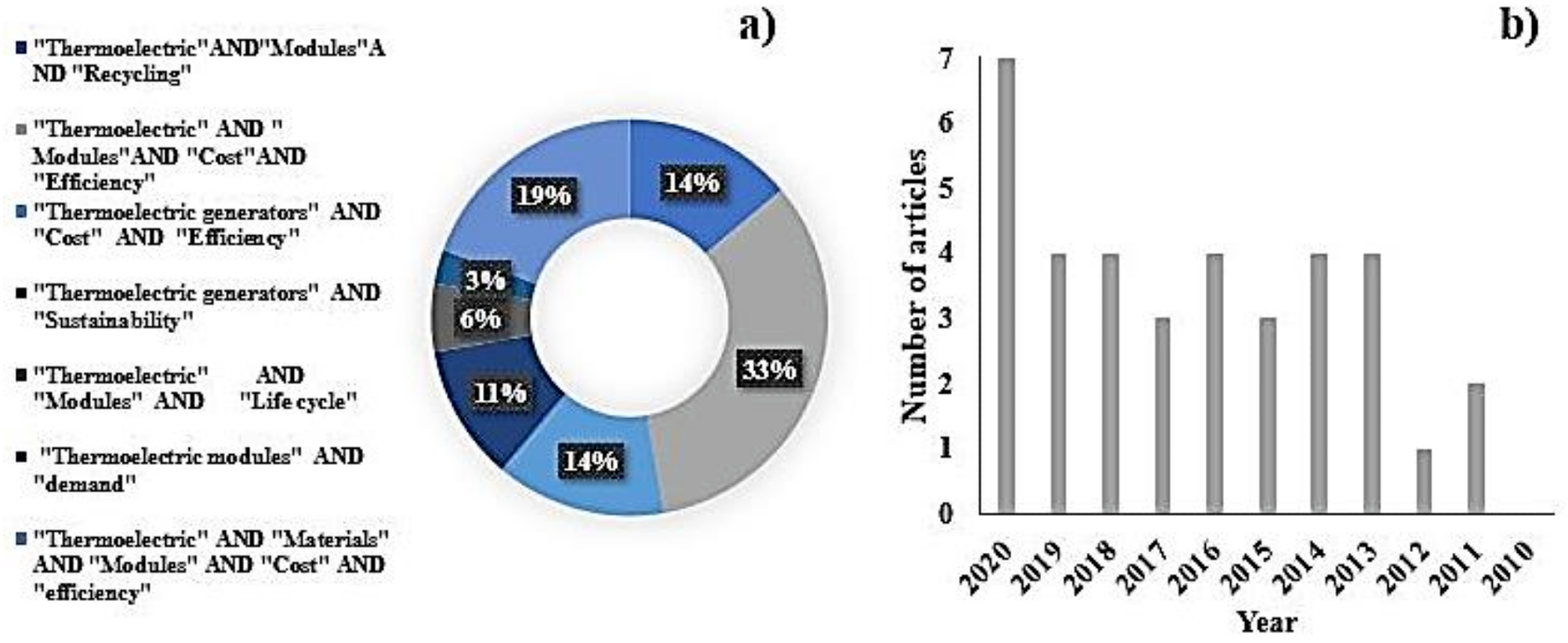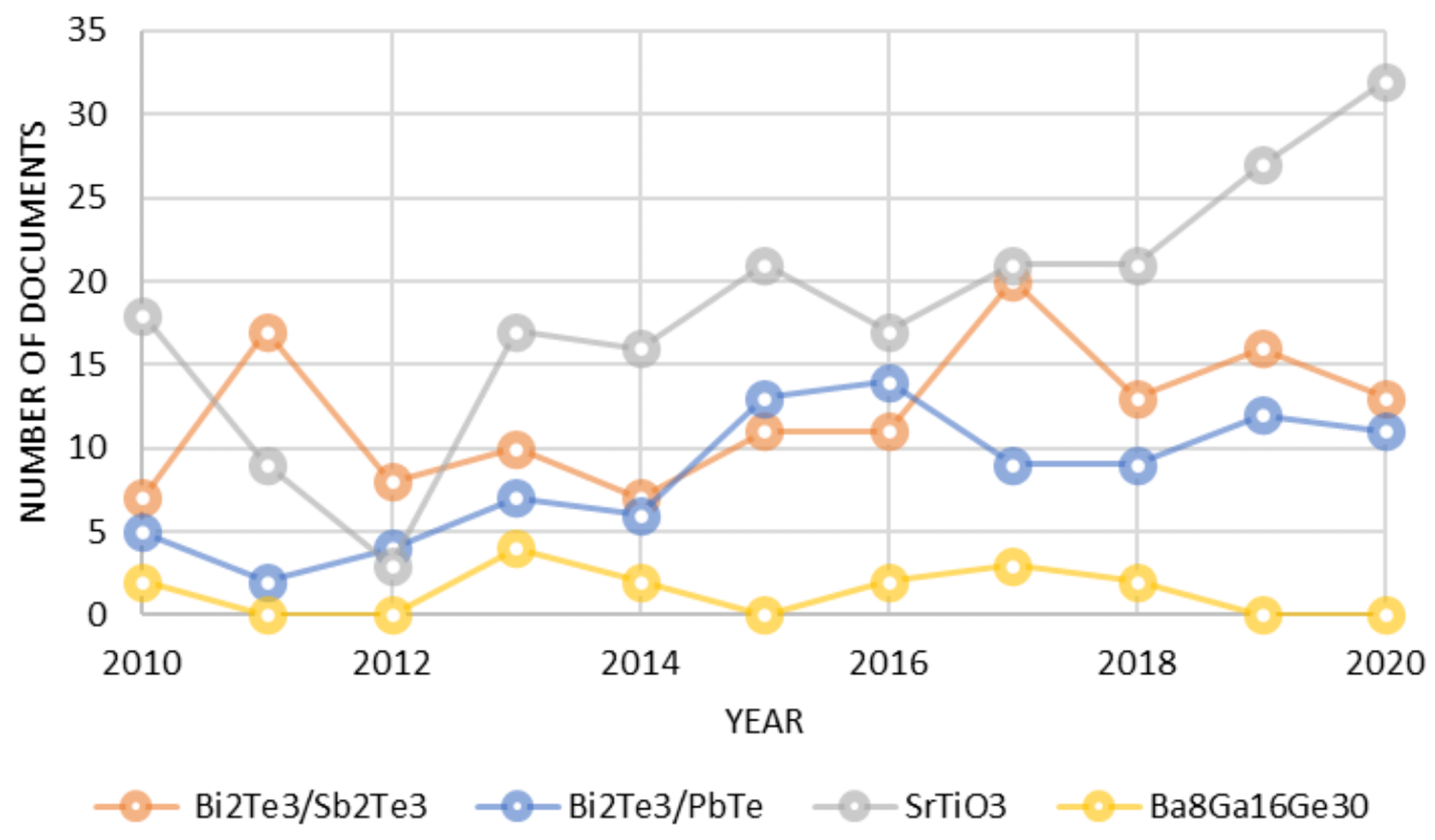In a new article published in the journal Sustainability, researchers from Colombia, Chile, and Brazil have presented a review of recent developments and trends in thermoelectric power generation systems. The overarching aim is to investigate the sustainability of the technology and provide an insight into how thermoelectric power generation can help achieve net-zero carbon aims.

Study: Sustainability and Circular Economy Perspectives of Materials for Thermoelectric Modules. Image Credit: Cardaf/Shutterstock.com
Background to the Research
The exploitation of fossil fuels for energy generation, fuel, and industrial processes has led to climate change and environmental damage on an unprecedented scale. Moreover, fossil fuels are finite, and resource depletion is leading to a growing energy crisis. To solve these issues, research has intensified into alternative energy and fuel sources.
Several alternative green energy generation technologies have been developed over the years. Photovoltaic solar cells, wind turbines, hydroelectric power plants, systems that utilize biomass, and nuclear and geothermal energy have all been explored extensively. Across the world, alternative power plants have been installed in recent decades, and conventional fossil fuel power plants are rapidly being phased out.
Thermoelectric power generation has gained research interest in recent years, and technological advances have helped to bring the technology closer to commercialization. Thermoelectric systems exploit heat generated by industrial processes which would otherwise be lost to the atmosphere.
Researchers have recognized that it is not enough to improve the efficiency of these systems - their useful life must also be considered, especially if the systems are operating in low-temperature ranges. Taking account of this parameter enables the long-term reliability of systems and the recyclability of their parts, improving the sustainability of thermoelectric power generation.
Whilst there has been notable progress in the technical aspects of thermoelectric system design, there is not enough recognition in current studies of the importance of utilizing sustainable materials and processes. This is a significant knowledge gap which hinders the development of truly sustainable systems.

Themes of the article related to the circular economy of thermoelectric modules. Image Credit: Castañeda, M et al., Sustainability
The Research
The new paper in Sustainability has investigated the current state-of-the-art materials used in thermoelectric systems. Additionally, the authors have reviewed module types used in these systems, as well as the main applications of the technology.
The stated objective of the study is to establish the recyclability of current technologies and, therefore, their sustainability potential. Using publications from the past decade, the authors have categorized current technologies and how they are contributing to sustainable production systems.
Sustainability and profitability have been investigated, and the study has explored materials, modules, costs, and efficiency. Furthermore, the authors have compared these systems to other types of cooling or energy collection systems and modeled the properties and construction of systems. Finally, the review has investigated recycling and end-of-life disposal of materials, focusing on the circular economy model.

Systematic search results for (a) number of articles found per search string, and (b) number of articles per year. Image Credit: Castañeda, M et al., Sustainability
Recent Developments Driving Thermoelectric Power Generation
It has been noted by the authors that the main impetus for the development of thermoelectric materials and systems is the need for cleaner industrial and manufacturing processes. Construction, transport, and manufacturing are significant contributors to global energy consumption, and these industries present significant opportunities for utilizing thermal energy for power generation.
Another recent development has been the considerable attention placed on using thermoelectric materials to complement renewable energy technologies that exploit solar power and biomass. Whilst these technologies are carbon-neutral, they produce significant amounts of heat that is currently wasted, and thermoelectric energy recovery can improve the sustainability of these systems. Recent reports have indicated that renewable energy and natural gas use will increase in the coming decades.
The trends in clean industrial processes and renewable energy generation present opportunities for the field of thermoelectric power generation, with a positive outlook for the development and utilization of thermoelectric materials. Even partial residual heat recovery would significantly reduce global energy consumption and mitigate global greenhouse gas emissions, which are the main drivers of anthropogenic climate change.
Improving Thermoelectric Materials
Due to low efficiency, thermoelectric materials cannot achieve 100% heat loss recovery. Additionally, the prohibitive cost of these materials hinders the widespread application of thermoelectric generation modules.
Due to cost-efficiency limitations, the competitiveness of thermoelectric systems compared to thermodynamic or electrochemical systems, expansion devices, or fuel cells is limited. Recent studies have investigated the use of thermoelectric generators as complementary systems in sectors such as transportation to compensate for this. Using these systems in this manner also improves the sustainability of industrial processes and helps to realize the aims of the circular economy model.

Research in thermoelectric materials in recent years. Image Credit: Castañeda, M et al., Sustainability
Final Thoughts
The study has identified the current gaps in research into the sustainability of thermoelectric generation systems and cost-efficiency limitations of current technologies. The authors have proposed an approach that improves the knowledge of processes and the usable life of materials and components. Balancing cost-efficiency from the perspective of sustainability would provide a comprehensive understanding of the technology’s sustainability and economic viability.
Promoting this technology will provide significant benefits for recovering heat energy from industrial processes and renewable energy generation and reducing carbon emissions in line with current international agreements. Whilst there are several research gaps in the current literature, this review study provides an important contribution to the field.
Further Reading
Castañeda, M et al. (2022) Sustainability and Circular Economy Perspectives of Materials for Thermoelectric Modules Sustainability 14(10) 5987 [online] mdpi.com. Available at: https://www.mdpi.com/2071-1050/14/10/5987
Disclaimer: The views expressed here are those of the author expressed in their private capacity and do not necessarily represent the views of AZoM.com Limited T/A AZoNetwork the owner and operator of this website. This disclaimer forms part of the Terms and conditions of use of this website.